With Lovecraft Country finishing its acclaimed first season, you may be looking to fill that new gap in your viewing schedule with more content based on or inspired by the works of the enigmatic author from Providence, Rhode Island.
Let’s get one thing clear upfront: Howard Phillips Lovecraft was very much a product of his time and upbringing, and his views on race, ethnicity, and class — while commonplace for where and when he lived — were truly noxious, an aspect of his legacy that Lovecraft Country addresses in its own themes. But it’s also clear that Lovecraft was arguably the most influential horror writer of the 20th century, with a reach that extends to this day.
While there have been a number of movies based directly on stories by Lovecraft — including titles like Die, Monster, Die! (1965), The Dunwich Horror (1970), Re-Animator (1985) and its sequels, From Beyond (1986), Dagon (2001), The Whisperer in Darkness (2011), and Color Out of Space (2020) — you may be surprised just how many more readily available major horror films and cult favorites have been influenced by his writing in terms of plotlines, themes, mood and imagery.
Here is a readout of 20 movies, spanning the last 60 years, in which the pervasive presence of H.P. Lovecraft had an undeniable impact, making many of these efforts into mostly effective and often great horror films. Even the Great Old Ones would approve…
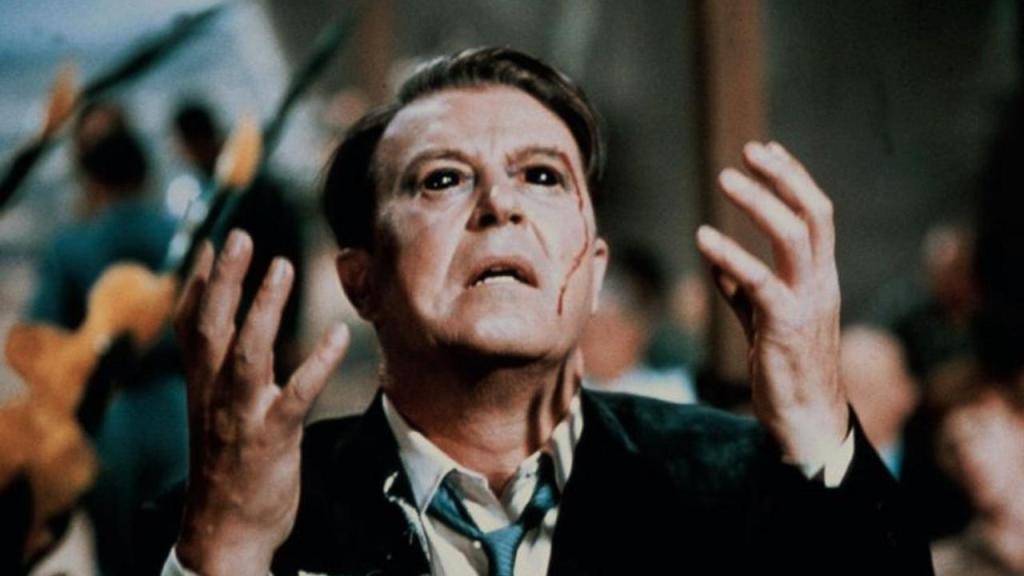
X: The Man with the X-Ray Eyes (1963)
Legendary filmmaker Roger Corman had just adapted a Lovecraft story in The Haunted Palace (although the movie was marketed as part of his Edgar Allan Poe cycle), but this sci-fi film also clearly channeled some of the author’s sense of cosmic horror.
Ray Milland plays a scientist who invents a formula that allows him to see through just about everything, eventually peering into the center of the universe itself. What he views there leads him to a shocking decision that fans of Lovecraft’s work would appreciate.
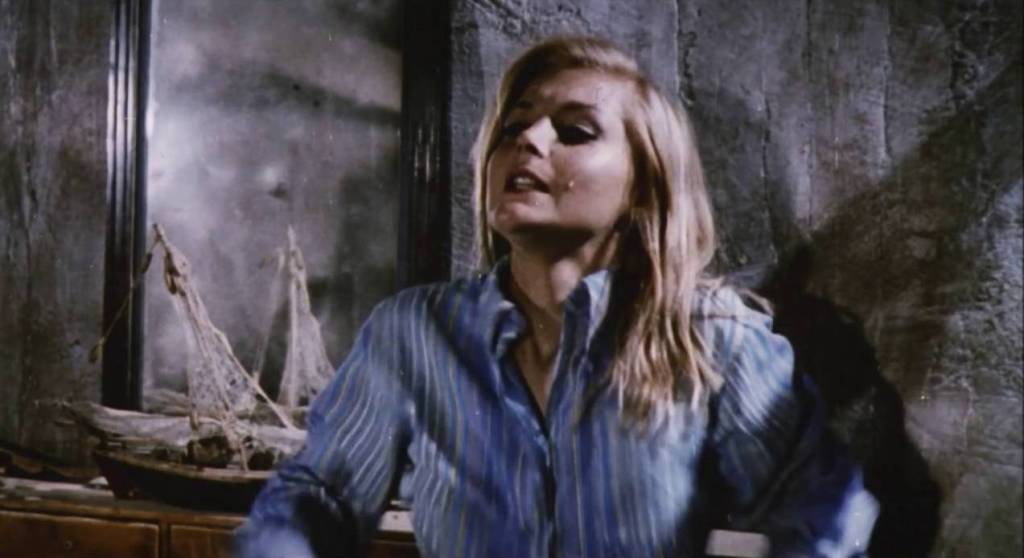
The Shuttered Room (1967)
This British production was based on a short story by August Derleth, Lovecraft’s publisher and a noted author in his own right. Derleth based his story on a fragment left behind by Lovecraft after the latter’s death, with the movie expanding on the tale even further.
Gig Young and Carol Lynley star as a couple who inherit Lynley’s family mill only to find something horrifying living at the top of the house. Lots of Lovecraftian elements — a cursed house, a family secret, and strange locals — are all here.
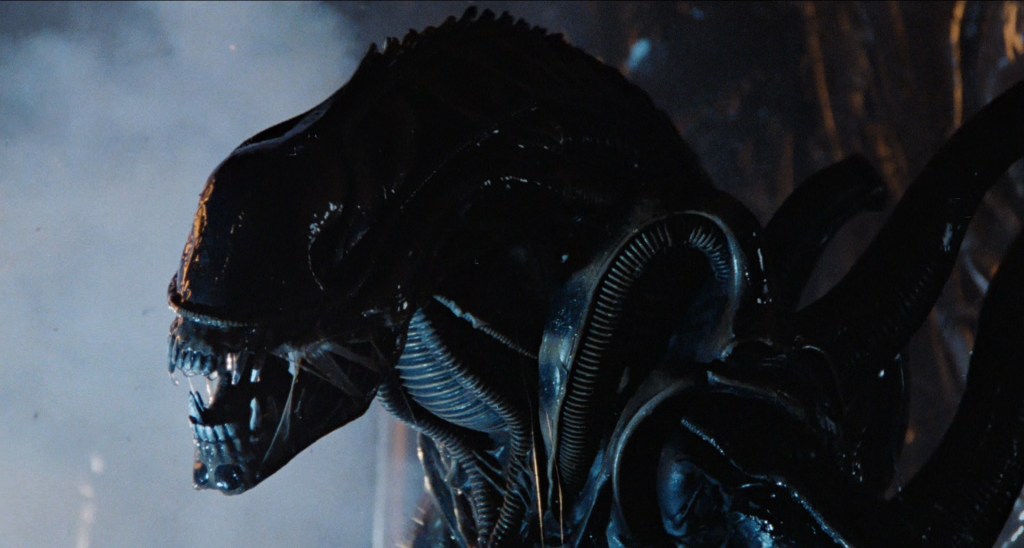
Alien (1979)
Lovecraft’s work arguably existed on that knife edge between horror and science fiction — the Great Old Ones of his Cthulhu Mythos were, after all, ancient entities that existed in the darkest corners of the universe.
One of the greatest sci-fi/horror hybrids of all time, Alien, clearly took a cue from Lovecraft’s work: the origins and motivations of its xenomorphs were utterly unknowable to human understanding, and even the look of the alien echoed the gelatinous, glistening flesh of the Old Ones (too bad later movies like Prometheus and Alien: Covenant ruined it by explaining far too much of the alien’s history).
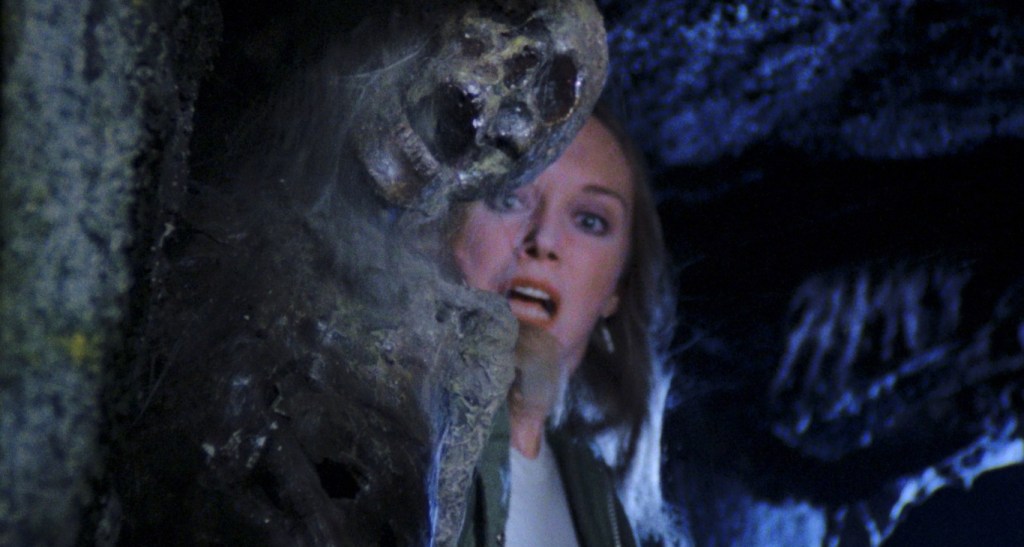
City of the Living Dead (1980)
Italian director Lucio Fulci directed several films inspired by the work of Lovecraft, starting with this gorefest starring Christopher George (Grizzly) and Catriona MacColl. When a priest hangs himself on the grounds of a cemetery in the town of Dunwich (a town created by Lovecraft), it opens a portal to hell that allows the living dead to erupt into our world.
Fulci’s movie is often nonsensically plotted and more reliant on gore than Lovecraft ever was, but the otherworldly, surreal atmosphere is definitely sourced from the master.
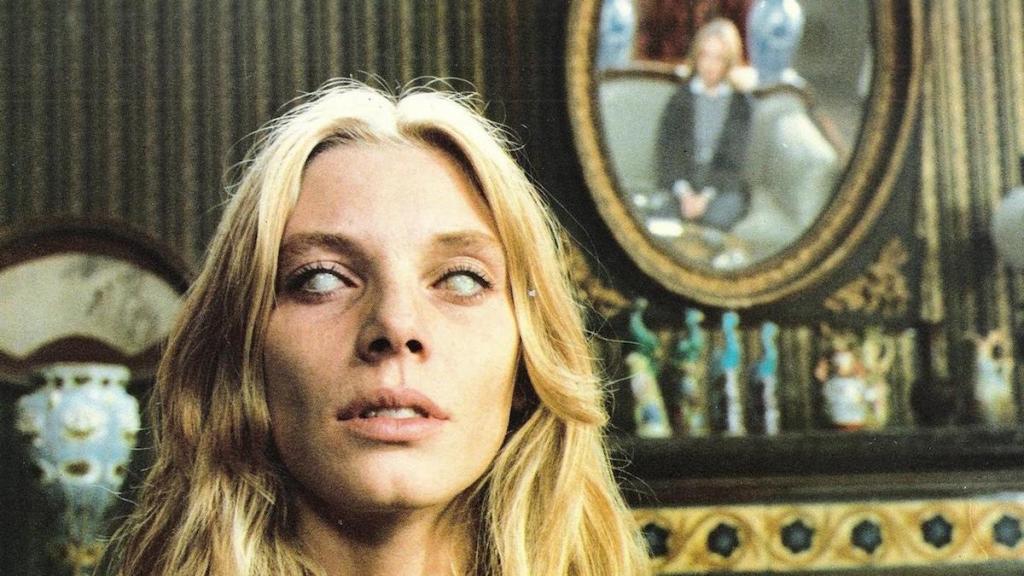
The Beyond (1980)
The second film is Lucio Fulci’s “Gates of Hell” trilogy (the third was The House by the Cemetery) is perhaps the most heavily Lovecraftian, with Fulci regular Catriona MacColl inheriting a hotel in Louisiana that turns out to be — you guessed it — a portal to the world of the dead.
Like the director’s other work, it’s inconsistently acted and directed, but it oozes with a surreal, unsettling atmosphere that almost becomes intentionally disorienting. Hell of an ending too — literally.
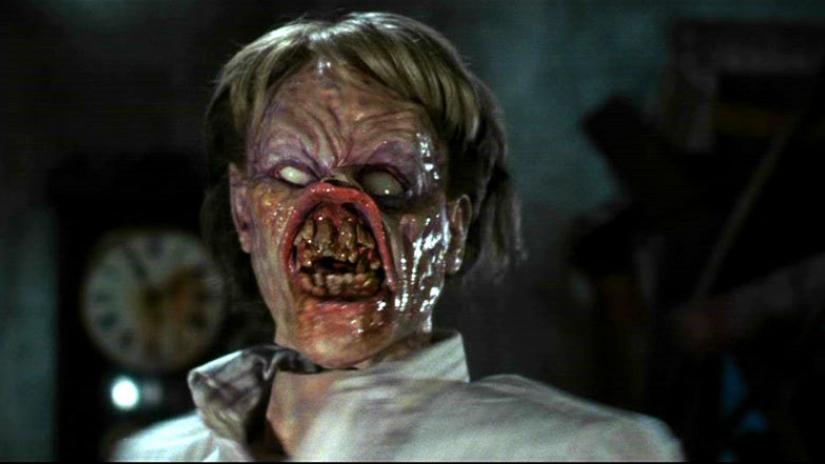
The Evil Dead (1981)
Sam Raimi was just 20 when he and friends Rob Tapert and Bruce Campbell set out to make a low-budget horror movie called Book of the Dead, based on Raimi’s interest in Lovecraft. The finished product, The Evil Dead, featured plenty of Lovecraftian touches: a book of arcane evil knowledge, entities from another dimension, reanimated corpses and more.
It also became one of the greatest cult horror movies of all time, spawning an entire franchise and — even as it veered more into comedy — staying true to its cosmic horror roots.
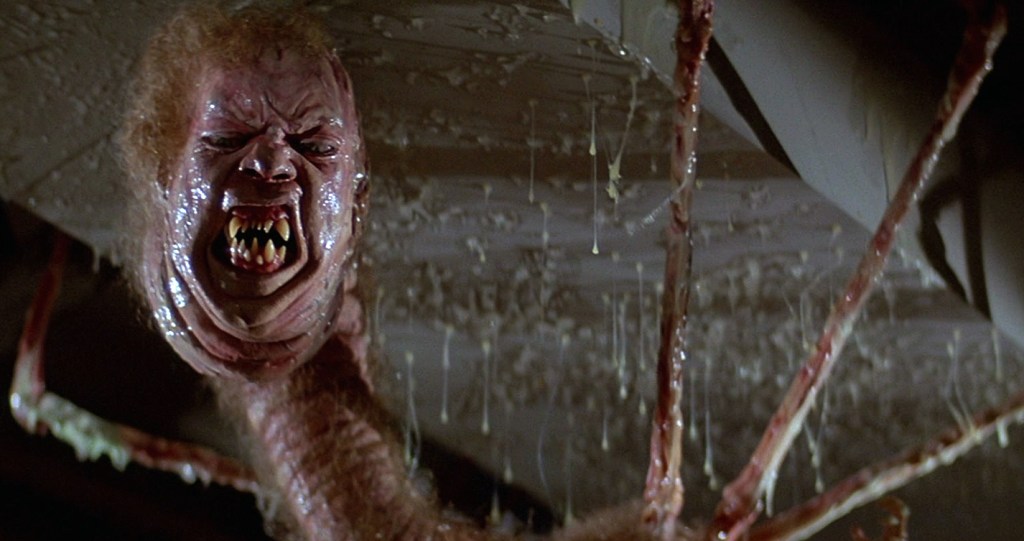
The Thing (1982)
Even though it’s squarely set in the science fiction genre, John Carpenter’s brilliant adaptation of the 1938 John W. Campbell Jr. novella Who Goes There? (filmed in 1951 as The Thing from Another World) is unquestionably cosmic horror.
Although the title creature lands on Earth in a spaceship, its immense age, apparent indestructibility, utterly alien intelligence and formless ability to shapeshift make it one of the most Lovecraftian — and terrifying — monsters to ever slither across the screen. The remote, desolate setting and growing paranoia among the characters add to the terror and awe.

Ghostbusters (1984)
Yes, it’s one of the best combinations of horror and comedy to ever emerge onto the screen. But Ghostbusters’ second half — in which an apartment building designed by an insane architect turns out to be a gateway to a realm of monstrous demons led by “Gozer the Gozerian” — is pure Lovecraft.
The monstrous nature of the menace, the ancient rites and secret cult used to summon it — all of this is still quite cosmically eerie even as it’s played mostly for laughs and thrills.
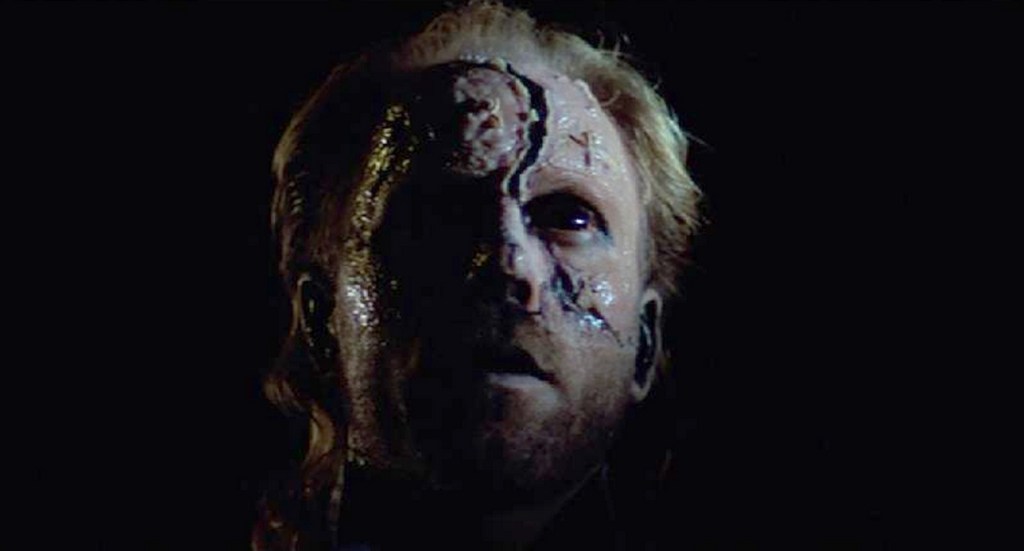
Prince of Darkness (1987)
The second entry in what came to be known as John Carpenter’s “Apocalypse Trilogy” is perhaps the least influenced by Lovecraft. But it still packs a cosmic wallop with its arcane secrets long buried in an abandoned, decrepit church, its portal to another dimension ruled over by an Anti-God, its mutated, reanimated human monsters and its mind-bending combination of religious legends and scientific speculation (credit as well to British writer Nigel Kneale, an even more massive inspiration here).
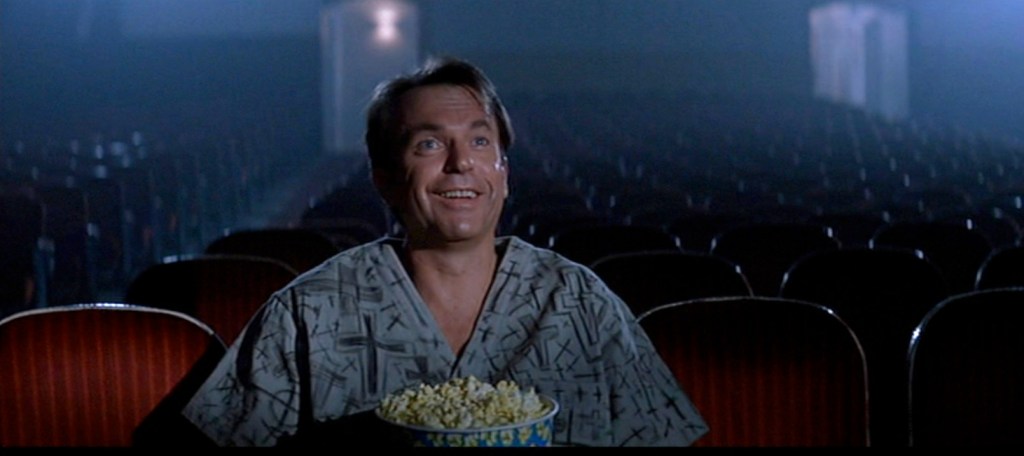
In the Mouth of Madness (1995)
Carpenter completed his trilogy (arguably his greatest achievement outside of Halloween) with the most Lovecraftian of the three, in which a private insurance investigator (Sam Neill) looks into the disappearance of a famous horror author and learns that his books may portend the arrival of monstrous creatures from beyond our reality.
Not only are the ideas right out of Lovecraft, but the movie oozes with allusions to the writer’s work and ends up being as disorienting and genuinely disturbing as some of his most famous stories.

Event Horizon (1997)
While we will always argue that the execution of this film was faulty, which stops it from becoming a true cult classic, we won’t debate its central premise: a spacecraft with an experimental engine rips open a hole in the space-time continuum, plunging the ship and its crew into a dimension that appears to be hell itself and endangering the rescue team that arrives to find out what happened.
Director Paul W.S. Anderson provides some truly macabre touches to an often incoherent movie, and again the whole invasion-of-evil-from-outside-our-universe concept points right back to old H.P. and his canon.

Hellboy (2004)
Hellboy creator Mike Mignola has often cited Lovecraft as a primary influence on his long-running comics starring the big red demon (Lovecraft’s vision has impacted a slew of other comics over the years as well), and it’s no surprise that Guillermo del Toro’s original movie based on the books touches on that too. The film’s Ogdru Jahad are a take on Lovecraft’s Great Old Ones, while the movie is stuffed with references to occult knowledge, forbidden texts, alternate realities and more.
Del Toro’s own direct Lovecraft adaptation, At the Mountains of Madness, remains abandoned in development hell, but his work here gives us perhaps a taste of how it might have looked.
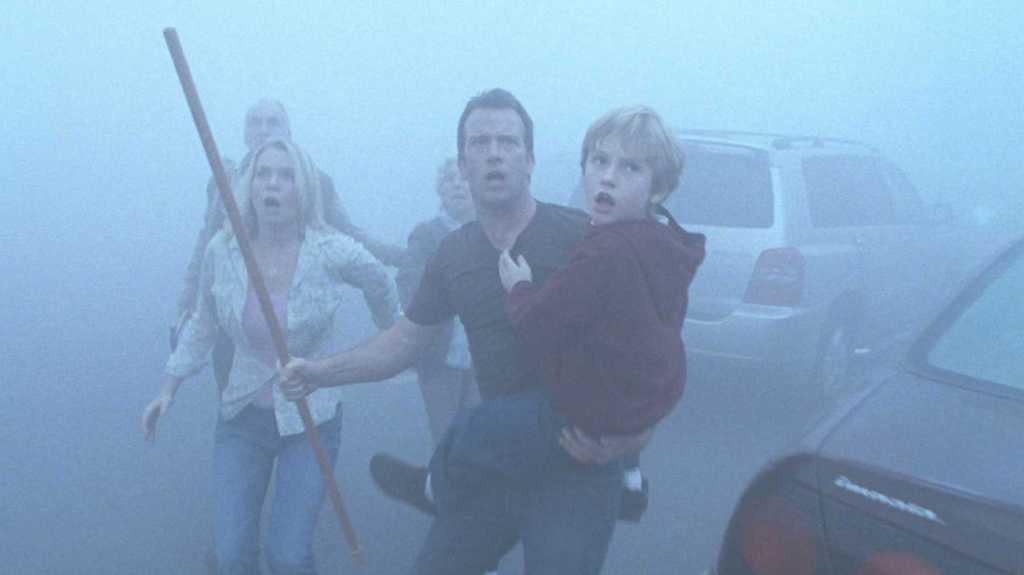
The Mist (2007)
Stephen King has often cited the influence of Lovecraft on his own vast library of work, and both the novella The Mist and Frank Darabont’s intense film adaptation are perhaps the most overt example.
While the premise is vaguely sci-fi — an accident at a secret government lab opens a portal to another dimension, unleashing a fog containing all kinds of horrifying monsters — the mood and the entities are Lovecraftian to the extreme, as is Darabont’s unforgivingly bleak ending (altered from King’s more ambiguous one).
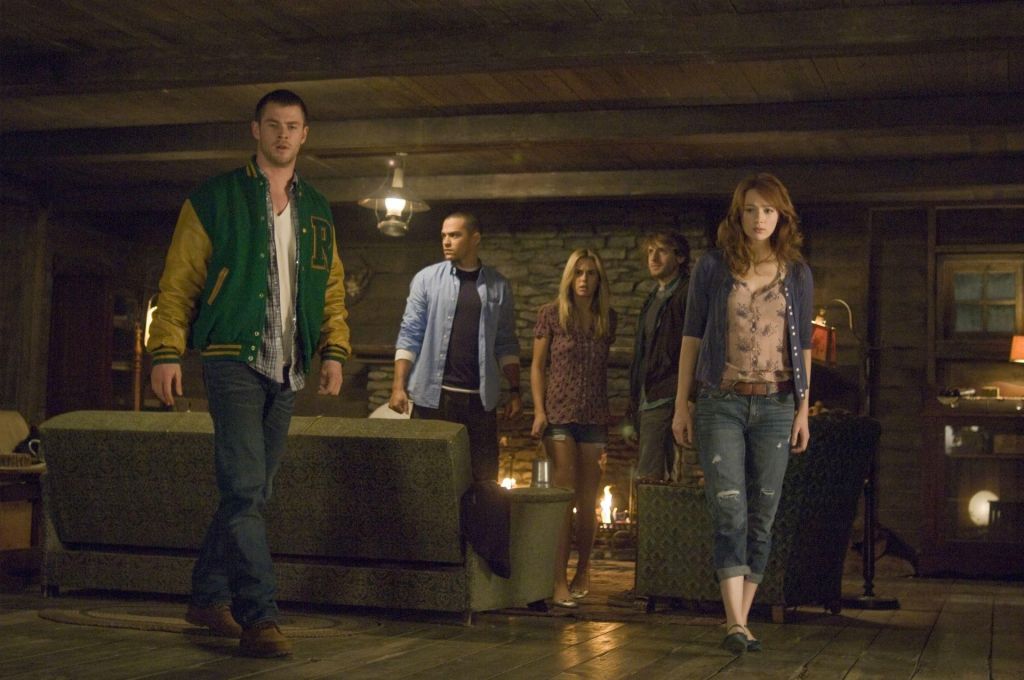
The Cabin in the Woods (2012)
Director/co-writer Drew Goddard and co-writer Joss Whedon take on two of horror’s most criticized subgenres, the slasher film and the torture porn movie, in this sharp satire that ends up being a Lovecraft pastiche as well. The standard set-up of five young, horny friends heading to a remote cabin in advance of being slaughtered turns out to be a ritual performed by trained technicians as a sacrifice to monstrous deities — the Ancient Ones — that reside under the Earth’s crust. The ending — in which the survivors decide that humanity isn’t worth saving after all — would have met the misanthropic Lovecraft’s approval.

Stephen King’s It (2017/2019)
The more metaphysical elements of King’s gigantic 1987 novel (such as the emergence of the godlike Turtle and the journey into the Macroverse) didn’t really make it into either this two-part theatrical version of the novel or the 1990 miniseries.
But the influence of Lovecraft is still felt in the title menace itself, an unimaginably ancient, shape-shifting entity that can exist in multiple realities and feeds on fear and terror. The way that It slowly corrupts the town of Derry and its inhabitants over the years has precedent as well in Lovecraft tales like “The Dunwich Horror” and “The Shadow Over Innsmouth.”

The Endless (2017)
Indie horror auteurs Justin Benson and Aaron Moorhead have touched on certain Lovecraft tropes in all their films, including Resolution and Spring, but The Endless is perhaps the most directly influenced by the author. The writers/directors also star in the movie as two brothers who return to the cult from which they escaped as children, only to find it has become the plaything of an unseen time-bending entity.
Genuinely eerie and more reliant on character and story than special effects, The Endless is a good example of what a modern twist on the Lovecraft mythos might look like.

The Void (2017)
A small group of medical personnel, police officers and patients become trapped in a hospital after hours by an onslaught of hooded cultists and macabre creatures in this virtual compendium of well-loved Lovecraft tropes and imagery. Writer/directors Steven Kostanski and Jeremy Gillespie channel an ’80s horror vibe, with all its pros (and some cons) but the overall atmosphere is surreal and the story taps effectively into the sense of cosmic horror.

Annihilation (2018)
Alex Garland’s (Devs) adaptation of Jeff VanderMeer’s frightening novel Annihilation is brilliant and terrifying in its own right, and both serve as loose rewrites/reinventions of Lovecraft’s classic “The Colour Out of Space.” In this take, four female explorers are tasked with penetrating and solving the spread of an alien entity over a portion of the coastal U.S. that is mutating all the plant and animal life within. The sense of awe and cosmic dread is strong throughout this underseen gem.

The Lighthouse (2019)
The second feature from visionary writer/director Robert Eggers (The Witch) is more a psychological drama than an outright horror film — or is it? The story’s two lonely lighthouse keepers (Robert Pattinson and Willem Dafoe) may be going insane or may be coming under the influence of an unseen sea entity and the beam of the lighthouse itself.
With its black and white cinematography, windswept location, half-glimpsed sea creatures and sense of reality crumbling around the edges, The Lighthouse is just a Great Old One away from being a genuine Lovecraftian nightmare.

Underwater (2020)
It’s hard to believe that this Kristen Stewart vehicle came out in early 2020 — given the way the world changed since, it seems like it came out five years ago. Although its story of workers on a deep sea drilling facility battling monsters from the deep was an overly familiar one, the creatures themselves were more unusual than most. Director William Eubank took it a step further by saying that the movie’s climactic giant monster was none other than Cthulhu itself, the Great Old One sleeping under the ocean and namesake of Lovecraft’s entire Cthulhu Mythos — which takes us back to where we began.
The post The Horror Movies That May Owe Their Existence To H.P. Lovecraft appeared first on Den of Geek.
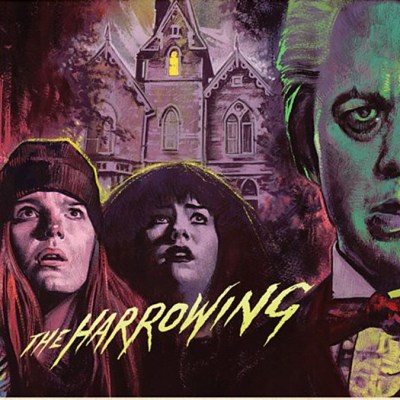
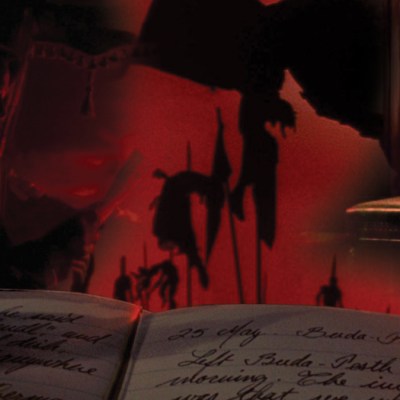
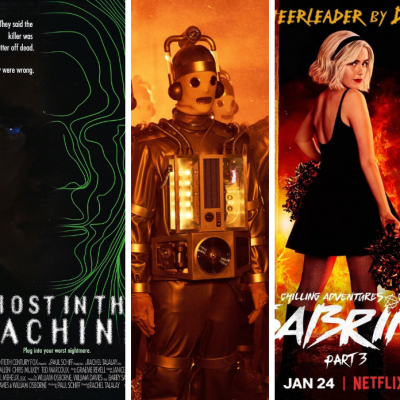
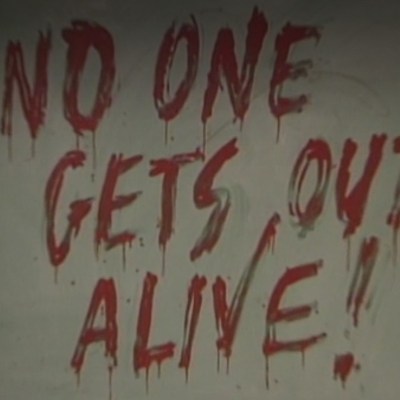





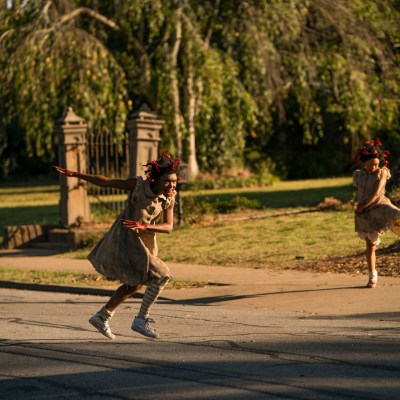




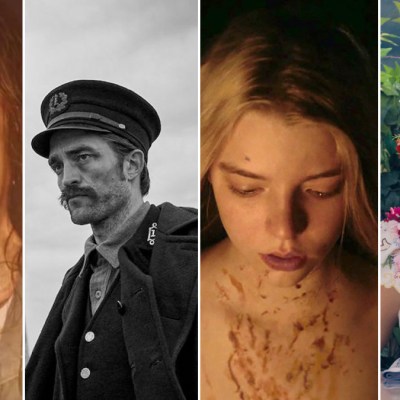




No comments:
Post a Comment